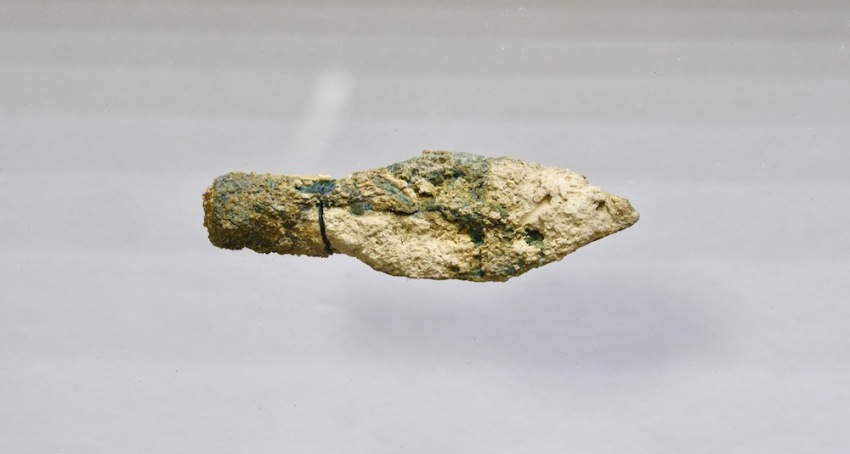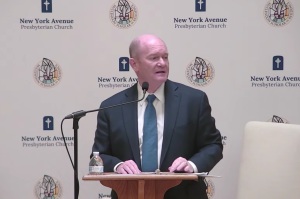Archaeological discovery: Researchers find evidence of Babylonian conquest

Researchers discovered what they believe is evidence of the Babylonian conquest of Jerusalem that is detailed in the Bible.
Layers of ash, arrowheads, Iron Age potsherds, lamps, and jewelry from the period were uncovered on Mount Zion by a team led by the University of North Carolina at Charlotte.
“For archaeologists, an ashen layer can mean a number of different things,” UNC Charlotte professor of history Shimon Gibson explained in a statement. “It could be ashy deposits removed from ovens; or it could be localized burning of garbage. However, in this case, the combination of an ashy layer full of artifacts, mixed with arrowheads, and a very special ornament indicates some kind of devastation and destruction. Nobody abandons golden jewelry and nobody has arrowheads in their domestic refuse.”
He noted that the Scythian arrowheads they found were known to be used by the Babylonian warriors. The household objects and other artifacts are the “kind of jumble that you would expect to find in a ruined household following a raid or battle,” he added.
“Together, this evidence points to the historical conquest of the city by Babylon because the only major destruction we have in Jerusalem for this period is the conquest of 587/586 BCE,” Gibson said.
While it is rare to find jewelry, as it is often looted, they did uncover one piece that appears to be a tassel or earring and is partly made of gold. Gibson noted that it indicates the wealth of those who were living in Jerusalem at the time.
The conquest of the Jews is detailed in 2 Kings 25, where it states:
On the seventh day of the fifth month, in the nineteenth year of Nebuchadnezzar king of Babylon, Nebuzaradan commander of the imperial guard, an official of the king of Babylon, came to Jerusalem. He set fire to the temple of the Lord, the royal palace and all the houses of Jerusalem. Every important building he burned down. The whole Babylonian army under the commander of the imperial guard broke down the walls around Jerusalem. Nebuzaradan the commander of the guard carried into exile the people who remained in the city, along with the rest of the populace and those who had deserted to the king of Babylon. But the commander left behind some of the poorest people of the land to work the vineyards and fields.
The Babylonians broke up the bronze pillars, the movable stands and the bronze Sea that were at the temple of the Lord and they carried the bronze to Babylon. They also took away the pots, shovels, wick trimmers, dishes and all the bronze articles used in the temple service. The commander of the imperial guard took away the censers and sprinkling bowls—all that were made of pure gold or silver.
This particular siege and destruction occurred after King Zedekiah, who reigned in Jerusalem at that time, rebelled against the king of Babylon. The Jewish people were held in captivity for 70 years.
The excavations are part of the Mount Zion Archaeological Project, led by Gibson, Rafi Lewis of Haifa University and James Tabor of UNC Charlotte since 2006.



























